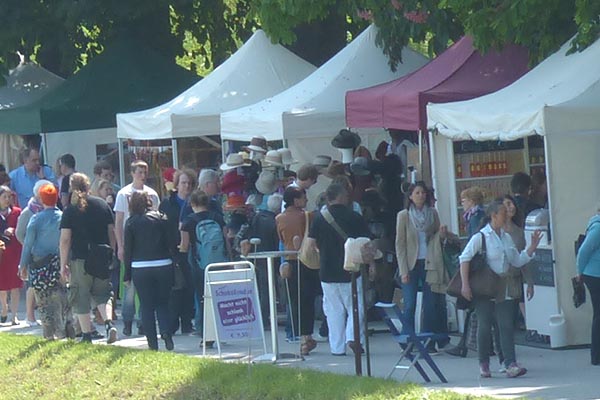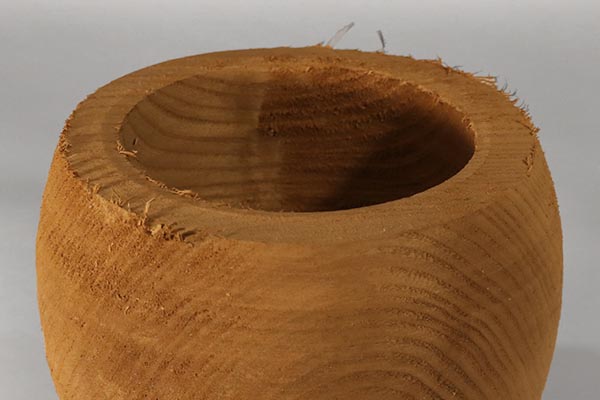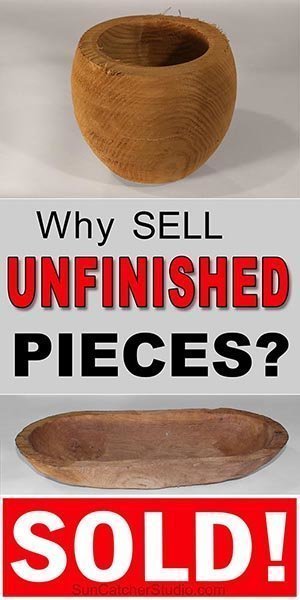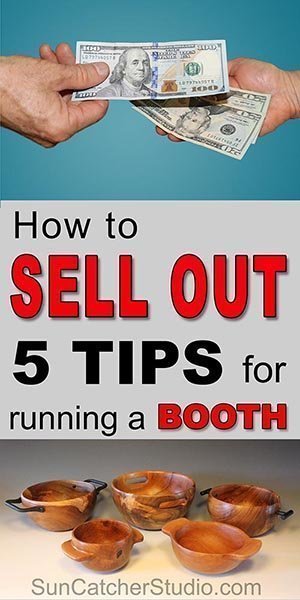Tips for Selling Homemade Artwork at Flea Markets and in Booths
Selling your homemade pieces at art and craft festivals, flea markets, craft shows, in booths, and even online can be a rewarding experience. Connecting with customers, having others admire your work, and receiving payments can be a wonderful experience. Below are 5 tips that will help make selling your artwork more enjoyable and generate more sales.

1. Leave some pieces or artwork unfinished.
The unfinished pieces not only help show the transformation from the rough material to the finished product, but also can help increase sales in the following ways.
A. Allows shoppers and collectors more purchasing options. Some shoppers might not spend $200 on a finished piece, but they would be willing to spend $100 for an unfinished piece – in effect saving them money.
B. Provides an opportunity to sell to a different audience. Some people enjoying the fun and satisfaction in finishing a piece themselves. For these people, it provides them an opportunity to step back from the rushed and instantaneous society we live in. With a little work, they can put a little of themselves in the piece. For these people a few hours of time and effort is worth the trade-off. This approach may also allow you to sell supplies (e.g., sand paper, clay, and finishes) at a marked-up price.
C. Allows you to sell more pieces without compromising your standards. The standard of excellence for most woodworkers, carvers, and woodturners increases the longer they have been in business. While a beginner might place their name on poorly sanded piece, most experienced woodworkers would not feel comfortable signing their name and selling a subpar piece. By selling unfinished pieces, you can sell more pieces without compromising your standards.
D. Allows you to spend more time doing what you enjoy. For example, most experienced woodturners will tell you they spend more time sanding than they spend turning. At the same time, these same woodturners say they would rather be turning than sanding. By selling unfinished pieces, you can spend more time doing what you really enjoy.


2. Remember the kids.
While many parents might walk away from something they could use, their children are a different story. Try to have a few items that appeal to younger kids. Keep in mind; most young people (and a few adults!) love to see their own name. It is especially attractive, if you can personalize items while your customers wait. This way, the kids can buy something with their name on it.
3. Decorate your space or booth.
Presentation is everything. Make sure your space stands out. You only have a few seconds to capture the attention of a potential buyer. By decorating your space, you are inviting buyers to check out your work. Make sure your buyer can visualize your products in their home. A white background usually works well to help your products stand out. The height of your booth can also help. When possible go higher. People will notice you more from a distance with a taller booth. In addition to height, keep the floor in mind. Even flooring can help engage buyers in your space. Finally, consider adding additional lights to your space. A lighted area gives a warm and inviting feel – making consumers less likely to leave empty handed.
4. Price for Maximum Profit.
There is a fine line between underpricing and overpricing. If you underprice your items, you will loose out on profits. If you overprice your items, buyers will walk away. Therefore, before selling anything, always know your costs (which include materials, time, and overhead costs). By knowing your costs, you will be more likely to price your products appropriately. When sales are slow, do not be tempted into lowering your prices, in fact maybe try the opposite – raising your prices. Most people are looking for a quality, handmade item. If you lower your prices, people might think you create cheap products from low quality materials.
Finally, if most of your inventory is expensive furniture considering adding some lower cost products to your booth. Many times, less expensive items initially get the buyer’s attention, but hopefully they eventually “size-up” and purchase items that more expensive.
5. Greet Your Visitors.
Make sure to greet everyone who stops by. A simple “hello” says you are available if they have any questions. When possible place some items up front that encourage questions and interaction. A big key to selling items is connecting with a potential buyer. This might include talking about your process and materials you use, or it might be listening to your potential buyer, or interacting with their kids. Regardless, by engaging in a conversation, you will increase your opportunity for a sale. Finally, always hint at “gift giving.” Maybe what you are selling is not something your buyer needs, but would make a great Christmas present.
Pin for later!


Looking for more WoodWorking Projects and Plans?
You will also find patterns of all 50 US States.

